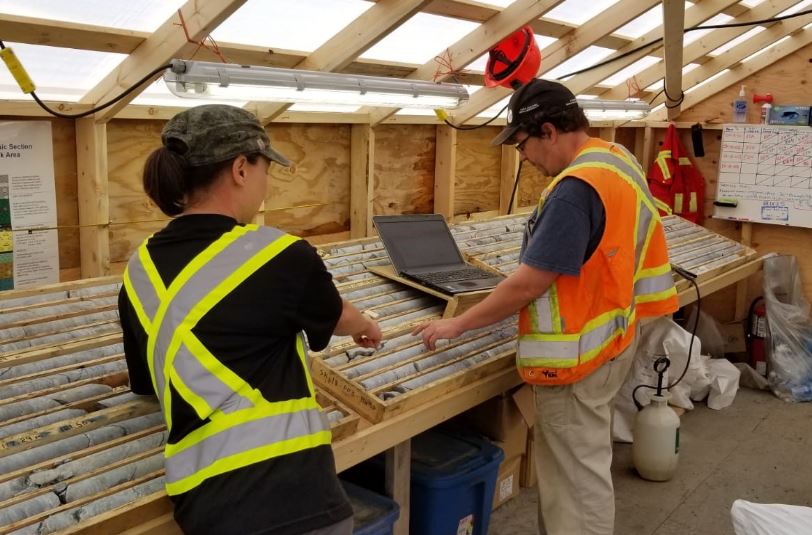German private equity ups take in Skeena

Deutsche Balaton Aktiengesellschaft (DB) said Wednesday July 17 that it has filed an early warning report announcing the acquisition of 7.8 million common shares of Skeena Resources Ltd. [SKE-TSXV; SKREF-OTCQX] via a $3 million private placement priced at 38.5 cents per share.
Deutsche Balaton said the transaction represents a 6.7% increase in the group’s shareholdings in Skeena. As a result, Deutsche Balaton, together with its joint actors, now own 11.7 million shares of Skeena, for a 10.5% interest.
Deutsche Balaton AG is a private equity firm, based in Heidelberg, Germany.
Skeena shares advanced on the news, rising 1.35% or $0.005 to 37.5 cents. The shares are currently trading in a 52-week range of 26.5 cents and 70 cents.
News that Deutsche Balaton is raising its stake in Skeena comes after the company recently announced details of a $5 million non-brokered private placement offering of up to 13 million shares priced at 38.5 cents a share.
It said net proceeds will be used to fund exploration activities on the company’s projects in northwest British Columbia’s Golden Triangle region. On July 15, 2019, Skeena said it had closed the first tranche of the private placement offering, collecting $3.5 million from the sale of almost 9.1 million shares at 38.5 cents per share. It said it expected to close the balance of the offering by the end of July.
Skeena is bidding to revive two of Canada’s most successful high-grade precious metal mines – Snip and Eskay Creek.
If the company succeeds, it will mark another coup for former Skeena Chairman Ron Netolitzky, who was involved in the discovery of the Eskay and Snip mines and was named Canadian prospector of the year back in 1990. Both are located in the Golden Triangle.
Skeena acquired a 100% interest in the former Snip mine in July, 2017 from Barrick Gold Corp. [ABX-TSE; GOLD-NYSE]. Six months later, it secured an option to acquire a 100% stake in Eskay Creek from Barrick.
The former Snip Mine was a high-grade mine that produced approximately one million ounces of gold from 1991 to 1999, at an average gold grade of 25 g/t at a 12 g/t reserve cut off.
Snip was historically burdened with the high cost of being a fly-in/fly-out operation that was dependent on diesel fuel. Concentrates were transported from the site by hovercraft in the summer and by plane in the winter.
However, the prospects for redeveloping the Snip property have improved dramatically due to substantially higher gold prices, subsequent improvements in infrastructure and access and exploration upside, the company has said.
Meanwhile, the company said metallurgical optimizations as well as a Preliminary Economic Assessment have been initiated for the Eskay Creek Project. Skeena said Eskay Creek is endowed with excellent infrastructure, including road access, proximity to a recently commissioned 195-megawatt run-of-river hydroelectric facility, tailings storage capacity and historical underground development situated less than 100 metres from existing mineral resources.
